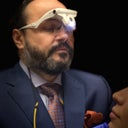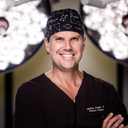Often times the most difficult part of a consultation is deciding on a size. In this case it seems like you are pretty comfortable with the size you have chosen. Vectra 3-D imaging is a great way to see if the size you are choosing is going to meet your expectations.




